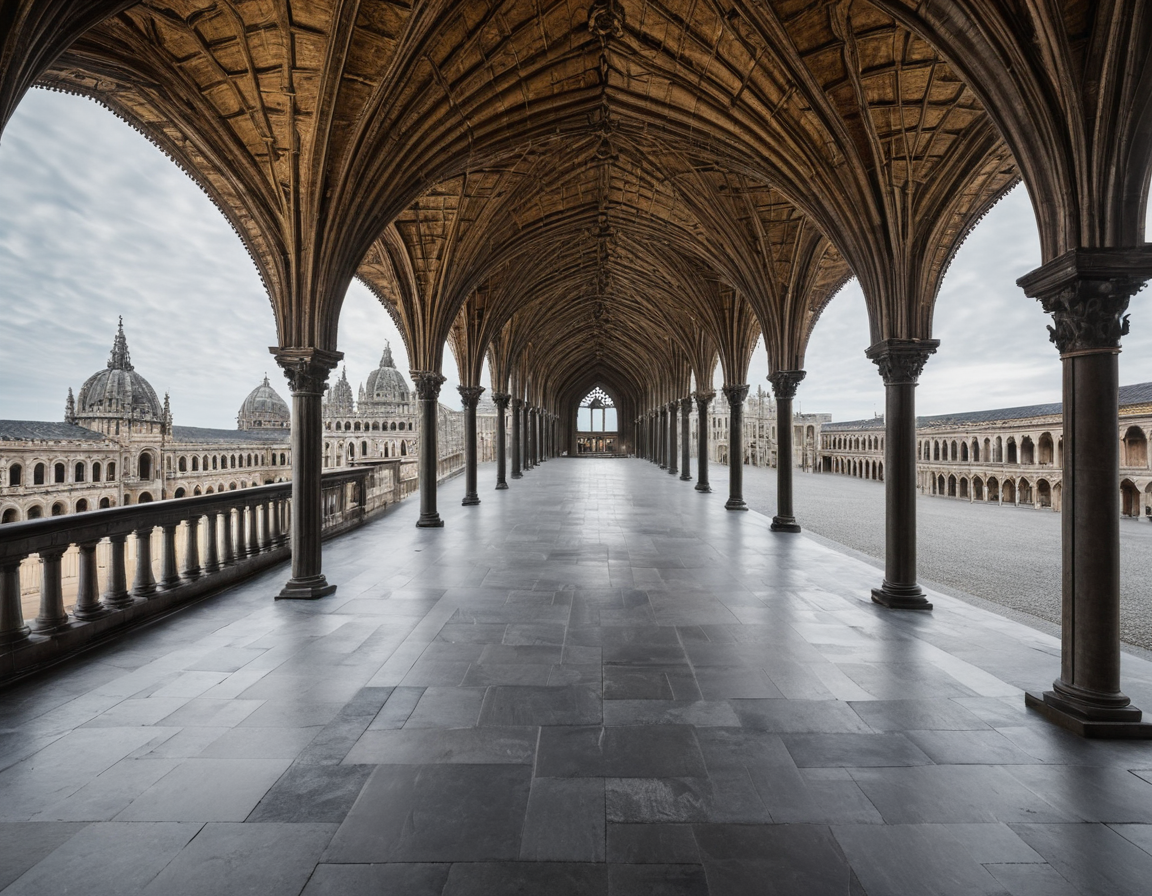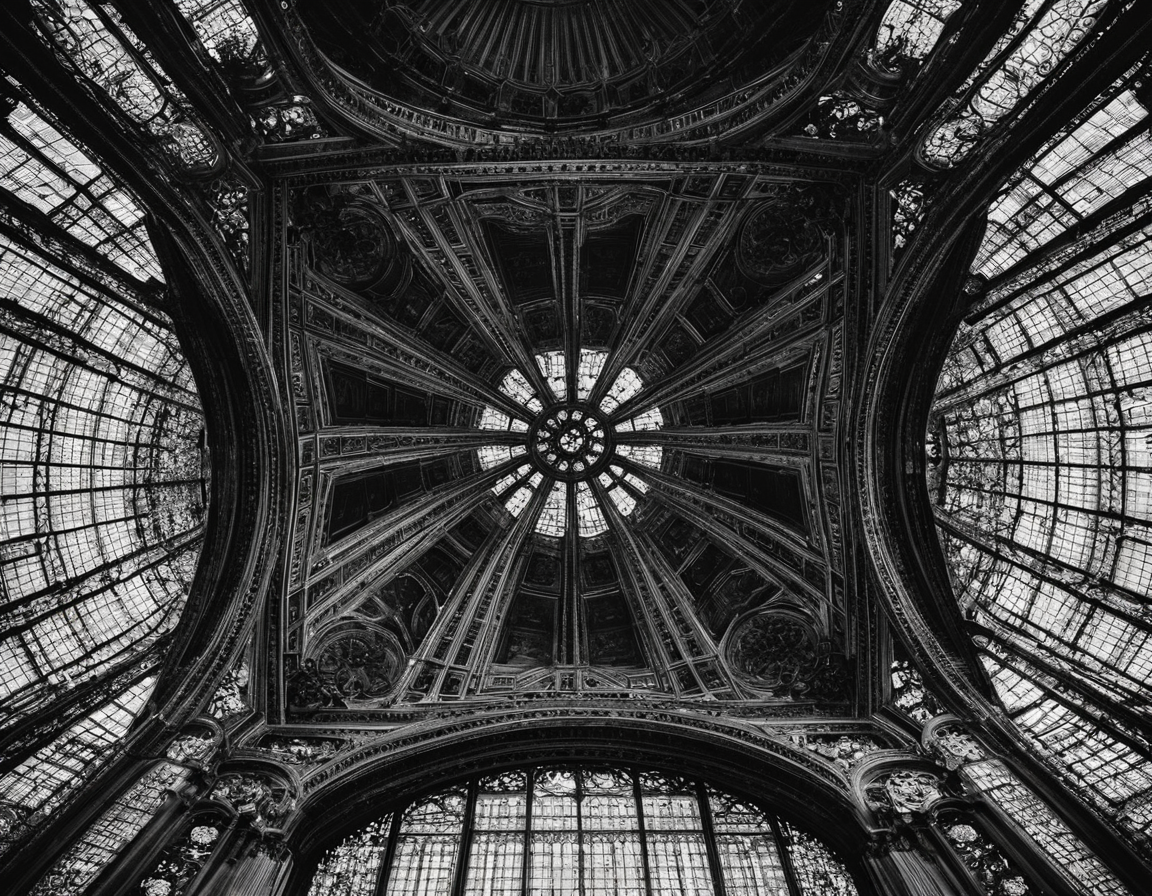: Unleashing the Power of Monumental Cleavages: A Celebration of Breathtaking Architecture

The term “monumental cleavage” might initially bring forth different ideas, but let’s venture into a fascinating realm where it stands for something much more profound and significant – architecture. We are here to celebrate the monumental architectural marvels that leave us in absolute awe with their breathtaking beauty and intricate designs. These structures, crafted by human ingenuity and skill, transcend geographical boundaries and stand as monuments of artistic achievement, telling stories of culture, history, and human aspirations.
A feast for the eyes and an inspiration to architects worldwide, these monumental cleavages are not only symbols of power and authority but also serve as catalysts for cultural exchange and social evolution. From the ancient Greek temples to modern skyscrapers, each structure boasts a unique story that merits our admiration and celebration.
1. The Colosseum in Rome, Italy: An Epicenter of Historical Narratives
The monumental cleavage that is the Colosseum, also known as the Flavian Amphitheater, has stood tall for more than 2,000 years. This magnificent amphitheater showcases Rome’s prowess in stone engineering and has served as a backdrop to historical narratives, gladiatorial games, and even served as a quarry during the Middle Ages. The Colosseum stands today not only as an iconic symbol of Roman architectural prowess but also as a living testament to human resilience and adaptability.
2. Burj Khalifa in Dubai, United Arab Emirates: Pushing Architectural Boundaries
The Burj Khalifa, standing tall at 828 meters (2,716 feet), has held the of the world’s tallest building since its completion in 2010. This monumental cleavage is not just an architectural marvel but also a beacon of innovation and progress for the United Arab Emirates. With over 163 floors, it houses luxury hotels, offices, residences, and even observation decks that offer breathtaking panoramic views of the city skyline.
3. Sydney Opera House in Sydney, Australia: An Iconic Blend of Geometry and Functionality
Designed by Danish architect Jørn Utzon, the Sydney Opera House is a masterpiece that combines geometric complexity with functional beauty. Its distinctive sail-like design, made up of precast concrete roofs supported by ribbed vault construction, has become an iconic symbol not only for Australia but also for modern architecture worldwide. The opera house now hosts over 1,500 performances and events each year, cementing its status as a vibrant cultural hub. Learn more about the
4. Guggenheim Museum Bilbao in Bilbao, Spain: A Sparkling Example of Contemporary Architecture
The Guggenheim Museum Bilbao, designed by renowned architect Frank Gehry, is an exquisite example of contemporary architecture that merges organic forms with cutting-edge technology. Its titanium-clad exterior, reminiscent of sailboats and fish scales, has transformed the cityscape of Bilbao and attracted millions of visitors since its opening in 1997. The museum serves as a platform for emerging artists while preserving Basque culture and tradition.
5. Taj Mahal in Agra, India: A Timeless Symphony of Love and Artistry
A testament to the timeless love story between Mughal emperor Shah Jahan and his queen Mumtaz Mahal, the Taj Mahal stands as a monumental cleavage that celebrates both love and artistry. This iconic white marble mausoleum combines elements of Persian, Islamic, and Indian architecture to create a harmonious symphony of design and craftsmanship. The Taj Mahal continues to mesmerize visitors with its intricate inlay work and delicate calligraphy that echo stories from the past.
6. Palace of Versailles in Versailles, France: A Resplendent Mirror of Royal Grandeur Learn more about Power
The Palace of Versailles, once home to French kings and queens, is an opulent example of Baroque architecture at its finest. With its grandiose Hall of Mirrors, ornate frescoes, and manicured gardens, the palace stands as a resplendent mirror reflecting royal grandeur and power. Today, it serves not only as a popular tourist destination but also as an enduring symbol of French culture and history.

In conclusion, monumental cleavages like these architectural marvels serve as symbols of human achievement, ingenuity, and cultural identity. They inspire us with their grandeur and complexity while reminding us of our collective past and present. Let’s continue to celebrate such monuments that contribute significantly to the global narrative of architecture, culture, history, and progress.
